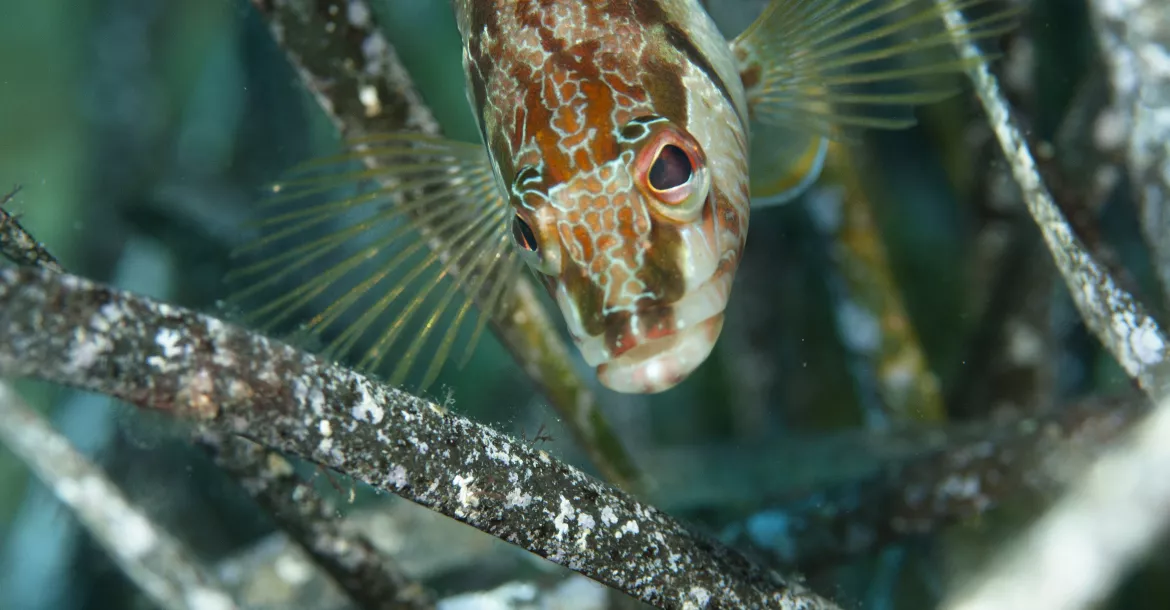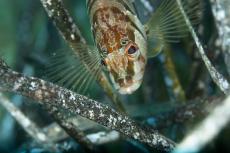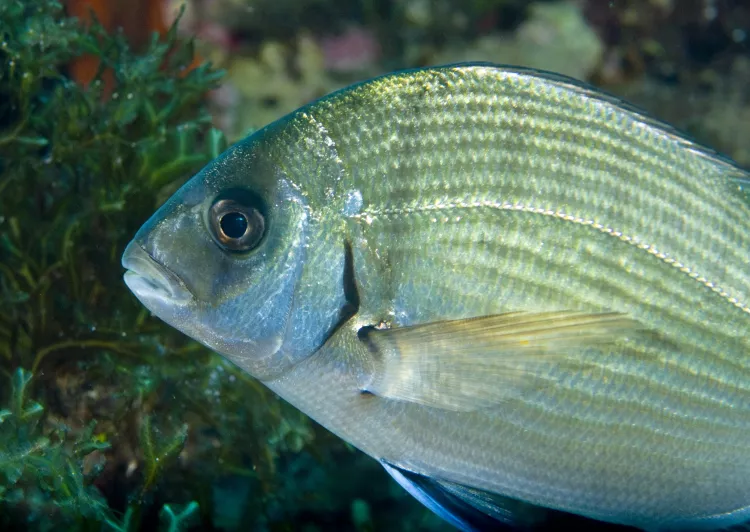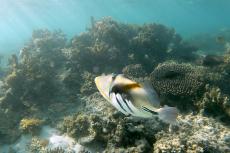Some fish learn to avoid fishing gear, others don't
Some fish species show enhanced gear-avoidance behaviour in regions with high angling intensity compared to fish exposed to low levels of exploitation near marine protected areas.
In many cases, stock assessment is based on fishery-dependent data generated from fish markets or creel surveys. The assumption is: that the lower the catches in a certain unit of time, the smaller the stock of fish should be.
However German researchers have just shown that some fish species show enhanced gear-avoidance behaviour in regions with high angling intensity compared to fish exposed to low levels of exploitation near marine protected areas. The consequence is the impression that there are fewer fish in the sea, which does not necessarily agree with underwater reality.
The painted comber (Serranus scriba) and the annular seabream (Diplodus annularis) are two fish species popular among recreational anglers along the Mediterranean Sea.
Different behaviours
The researchers were amazed when they found a strong correlation between high fishing intensity and hook-avoidance behaviour of painted comber: this species had starkly changed the behaviour from aggressively attacking the baited hooks in the natural environments with low fishing pressure to being shy in exploited sites where they were able to recognize the fishing gear and avoid hooking. No such response was detected in the seabream.
The explanation may involve both genetic changes towards increased shyness and learning to avoid future capture. The comber evolved a carnivorous lifestyle: too much hesitation and the mobile prey is gone. By contrast, the seabream can afford to carefully examine the potential prey and takes its time moving around the baits, inspecting them and is generally less vulnerable to capture in comparison with the comber.
- Log in to post comments




























